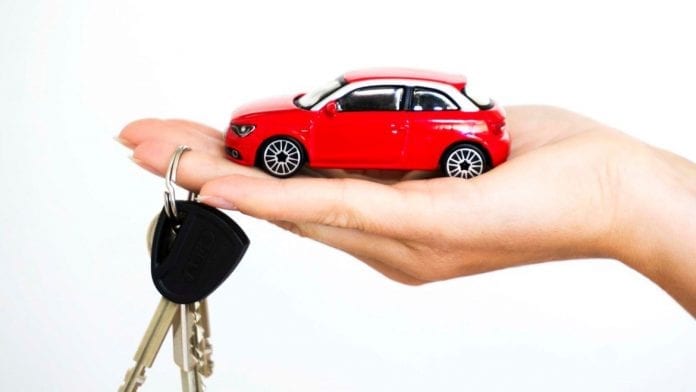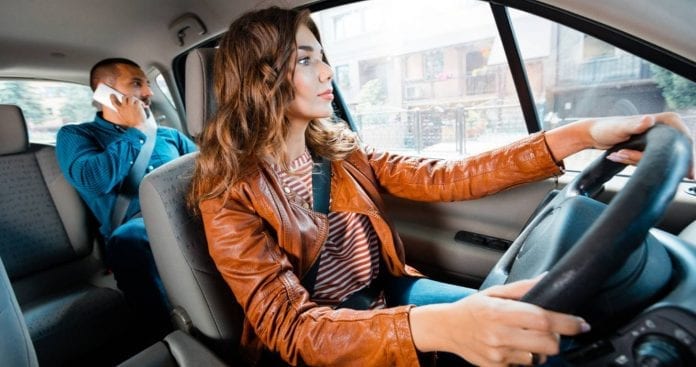We rely on our cars so much we take them for granted. While most Americans rely on personal automobiles, the average daily commute in the United States is 5.8 miles and 28 hours of work. With 60% of the population within a 20-minute walk of work, many of us are expected to be there as early as possible. That’s why for many of us, driving is as easy as driving a bicycle.
That is until you’re in an accident and then have no car for a period of time. Then it seems like everything we need to do becomes way more complicated.
The inconvenience of not having your car while it gets repaired can impact so many areas of your life that you simply can’t get things done.
There are a few ways you can keep your life from getting derailed while you wait so all is not lost.
In this article, I will go over several simple solutions to your transportation needs until you get back behind the wheel. Not all options will be used, but a few things could come in handy, regardless. Since these are so simple, even a beginner can follow these steps and be successful.
Rent a car

If you have the right kind of insurance, you may be reimbursed for your rental. Talk to the guys at Globe Car, for example, and see what kind of car you can get with the per diem your insurance company is offering.
Before you do anything, you’ll need to ask your insurance company if you are covered for that and how it should be paid. In some cases, the insurance company will make arrangements with the rental agency. In others, you will be allowed a certain amount to spend per day and for a predetermined length of time. Then you pay for it yourself and get reimbursed at a later date.
Hopefully, your car is finished before your allowance runs out.
The other option here is car rental with a driver option. Instead of you driving, you can rent a car with a driver but bear in mind that this is a more expensive option which can prove to be useful in the end. You can settle for a luxury car hire monthly or go for a long-term solution with a chauffer – whatever you think is best for you. View more information about that before you make a decision.
Carpool

If you only really use your car for commuting purposes, then you can surely find a coworker going to your office. Carpooling is much better on the environment so you may find yourself continuing to do so even after you’ve got your car back.
Advantages
Splitting costs
You’re also saving money by splitting the cost of gas. An unexpected benefit is that you’ll also get there faster. When you are together you are able to use the HOV (high occupancy vehicle) lane so you aren’t sitting in bumper to bumper traffic.
Convenience
The convenience of having a carpool with another passenger may be more appealing than many of the other benefits that such a driver receives. The convenience of having a carpool with another passenger may be more appealing than many of the other benefits that such a driver receives. In addition to riding in a group with other commuters and doing local shopping or dining, travelers can exchange information, help each other in emergencies, learn about ways to make their own travel more comfortable, and improve the quality of public transportation.
Additionally, there is the fact that you’re more likely to be in the same area at the same time. This also means less time waiting at traffic lights and little need for missing trains. Carpooling also means that it’s not unusual to find several people traveling in the same direction.
Lastly,a great advantage of carpooling is that it provides a powerful “surge” that other forms of commuter transportation don’t match. Thus, instead of spending money on larger vehicles to drive a few more miles, people who don’t have a car often save money by carpooling. Consider a person who wants to run a 10K, but has the luxury of not having to choose between running for the 10K and getting to work. The same person who has a carpooling advantage is also more likely to have a short amount of time to run the 10K. And there’s a possibility to still gain some advantage through biking or walking
Rideshare

If you don’t have a coworker that can bring you to work, you can always share a ride with somebody going in your direction.
You can find rideshares online. There are apps and sites where you can find people going to or near your destination and hitch a ride with them.
Even aside from going to work, you can often run your daily errands by doing this. People will post where they are going and often you can find a ride to the mall, the airport or train station.
Ride a bike

More and more cities are expanding their bike paths to reduce traffic and improve air quality. It is likely that you can get to most places you need to by bike. If you have some saddlebags then you can do your shopping. Biking can provide an alternate form of transportation between areas of the city where it is otherwise difficult to afford to drive, such as through peripheral destinations and areas with limited bike infrastructure.
Another advantage of cycling for work is that it is free. I believe the saving for running can be up to 50% and the reasons include:
Bike: living in cycling. cycling will be cheaper as it will be the cheapest mode of transportation to commute to work. Health: cycling will improve your health and reduce your risk of heart disease, cancer, osteoporosis. Cycling also recuperates energy from your muscles instead of using it to move your car convenience: cycling can be convenient as you don’t need to go outside to get to work. A home in a two-minute bike ride (the best ‘car’ route) allows you to be with your family and friends which is very important in today’s world. Bicycle commuting provides you with the opportunities to socialize, meet
Even if the weather is bad, you only need to dress appropriately to be able to get around. There is no bad weather, only bad choices in clothing!









